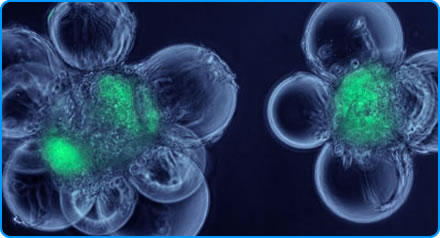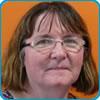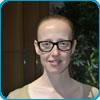Southmead Hospital Bristol
Nicola Grose (nee Doran)
Nicki graduated as a Physiotherapist from the University of Southampton in 2002. She has worked in several areas of physiotherapy at North Bristol Trust and within the community for North Somerset Community Services. This work included intensive input after a hospital admission and facilitating patients in the community to continue self-management. She joined the SW Neuromuscular ODN in February 2011 and covers the northern part of the South West region working with adults with a neuromuscular condition.
Nicki’s experience in hospitals and the community, together with her neurology and rehabilitation knowledge, gives her a great understanding of the mobility and functional difficulties of people living with a neuromuscular condition. She has developed a holistic, flexible and patient-led service and works with a multi-disciplinary team providing a service for adults and patients in transition from paediatric to adult neuromuscular services to facilitate a seamless transfer.
Her overall objective is to ensure people living with a neuromuscular condition feel empowered, informed and able to maximise their independence with the guidance from the Neuromuscular team working jointly with their local therapy services.






